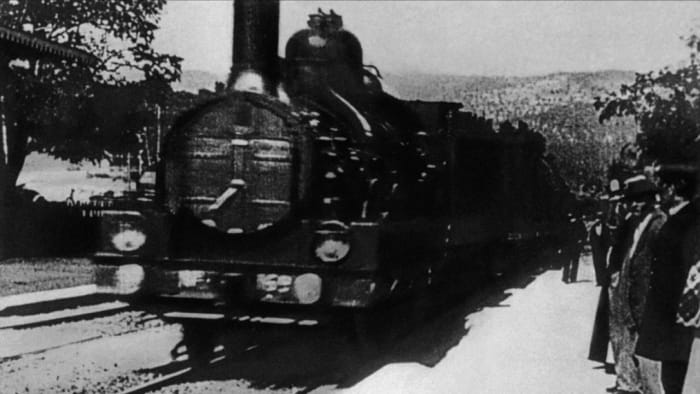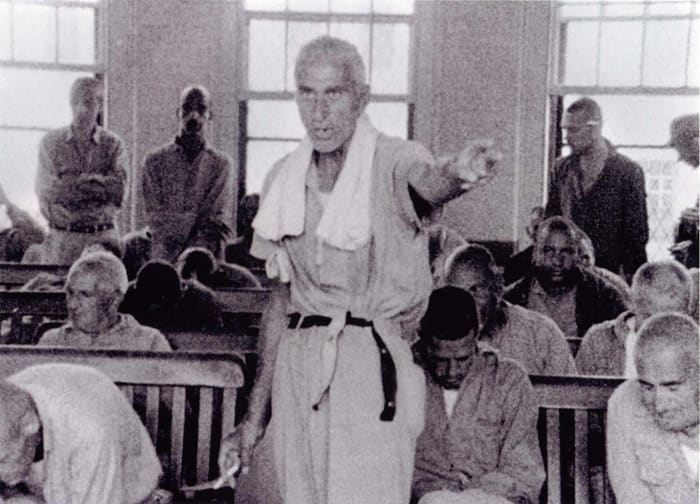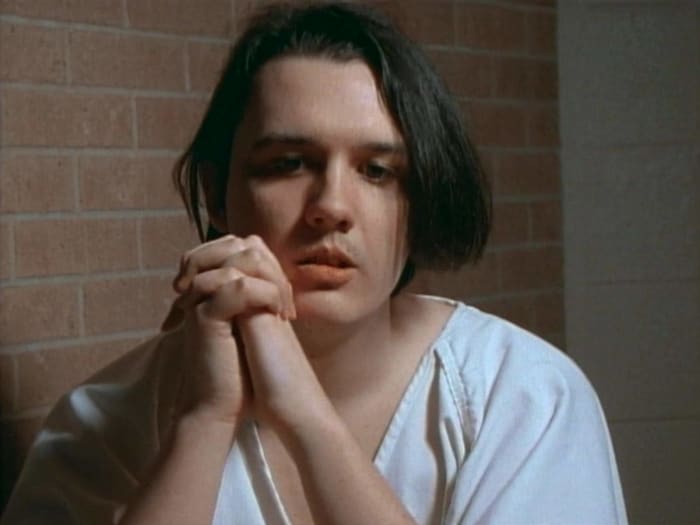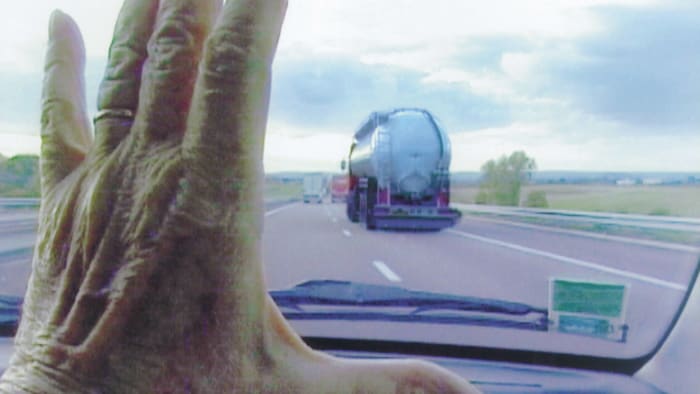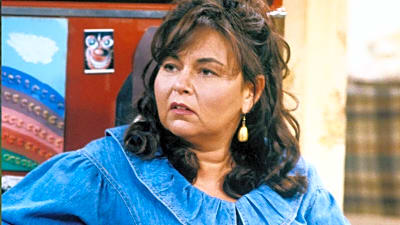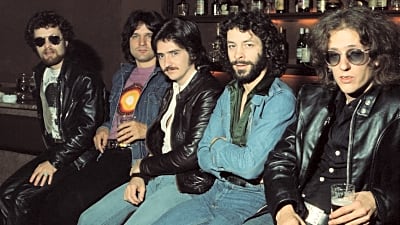x
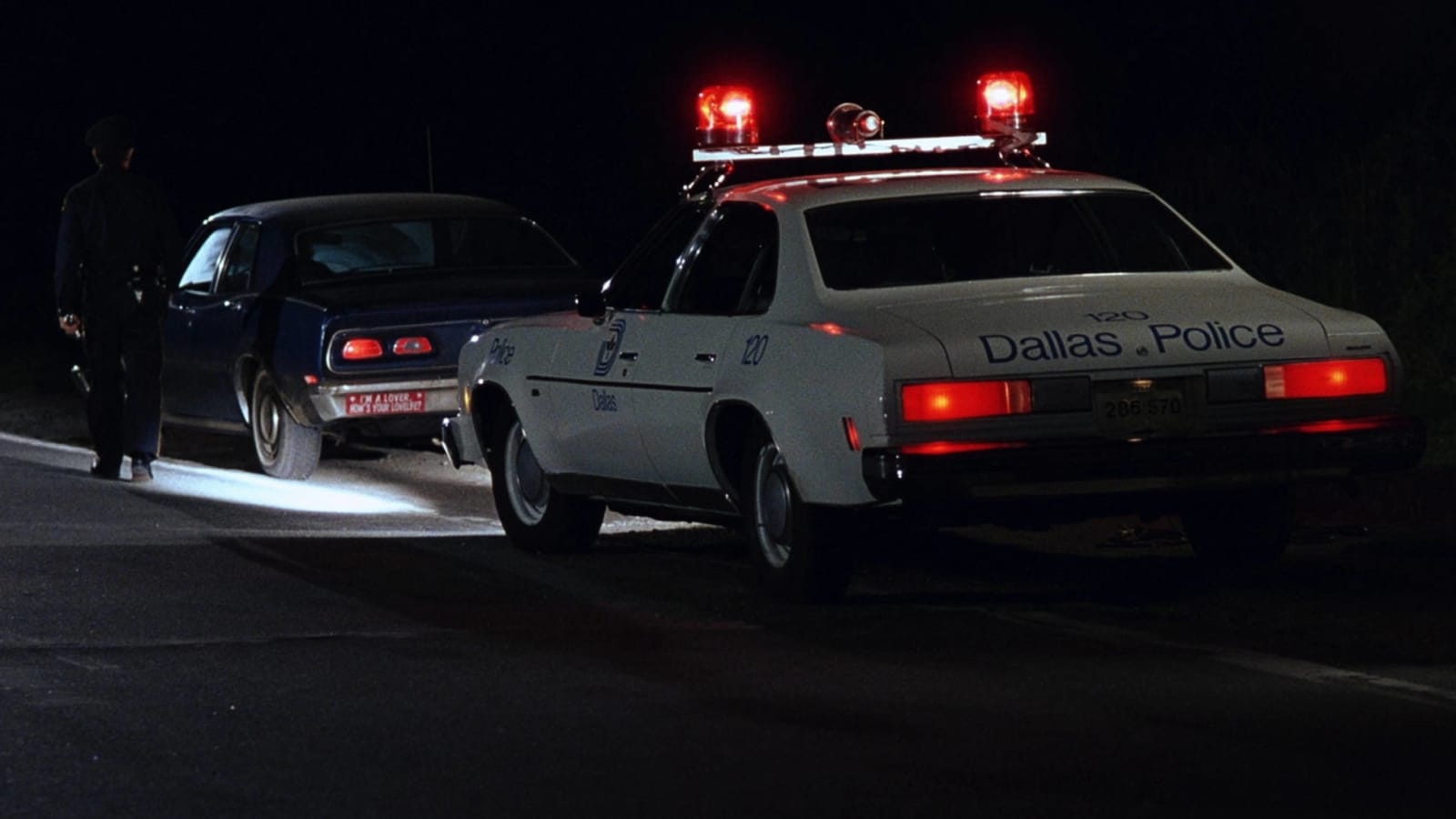
The 25 most influential documentaries
Over the last decade, documentaries have become the go-to medium for people who want to learn a little bit about a subject they'd otherwise ignore. There's nothing wrong with this. But the best documentaries aren't primers; they're fully considered deep dives into topics that desperately require illumination. They're movies that reward curiosity with a surfeit of knowledge. Sometimes they're formal experiments that advance the motion picture medium. In rare cases, they're investigations that right wrongs. Looking to beef up on your documentary viewing? We have some suggestions.
More must-reads:
- 50 members of iconic bands who also succeeded as solo acts
- The 10 best Sopranos episodes, ranked
- The 20 greatest lines from 'The Shawshank Redemption'
Customize Your Newsletter
 +
+
Get the latest news and rumors, customized to your favorite sports and teams. Emailed daily. Always free!
